The Royal Swedish Academy of Sciences announced today that Britain’s Peter Higgs and Francois Englert of Belgium have won the Nobel Prize for physics for predicting the existence of the Higgs boson. Five members of Brown University’s Department of Physics are involved in the search for evidence of subatomic particles and are available for comment.
Editors: To arrange interviews, contact Kevin Stacey at 401-863-3766 (office), 401-447-3800 (mobile) or by e-mail: [email protected] See also news release from CERN.
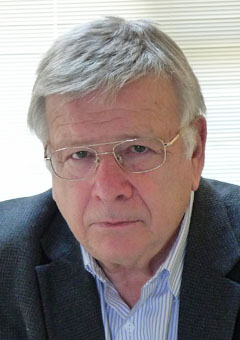
Gerald Guralnik
Chancellor’s Professor of Physics
Gerald Guralnik was one of the original theorists who predicted the existence of the particle that would become known as the Higgs boson. In 1964, Guralnik, with colleagues Carl Hagan and Tom Kibble, published a paper expressing the idea that the masses of elementary particles are related to spontaneous breaking of symmetry between the electromagnetic force and the weak nuclear force. Two similar papers — one by Peter Higgs and one by Francois Englert and Robert Brout — were published that same year. Each group, working independently, predicted the existence of a scalar field pervading the universe that gives mass to quarks and leptons (the building blocks of matter) while leaving photons massless. The Higgs boson, detected last year at the Large Hadron Collider, is the physical manifestation of that field. Guralnik’s description of his work on the theory is online at news.brown.edu/pressreleases/2012/08/guralnik.
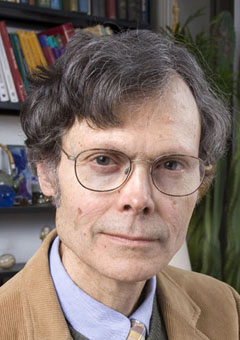
David Cutts
Professor of Physics
David Cutts, senior member of the experimental particle physics faculty at Brown, was one of the founders of the D-Zero experiment at Fermilab’s Tevatron Collider, supplying the high-level trigger framework and data acquisition for the experiment. Cutts has been involved with the Large Hadron Collider since the late 1990s, when he served on various Department of Energy panels reviewing the ATLAS and CMS experiments, later joining CMS. During the Higgs search, he participated in trigger shifts in the CMS control room and served on the collaboration’s publication committee.
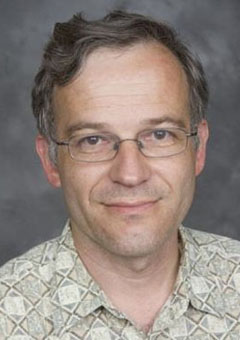
Ulrich Heintz
Professor of Physics
Ulrich Heintz is a member of the CMS collaboration at CERN and the D-Zero collaboration at Fermilab. With CMS, he led the analysis review committee for one of the Higgs searches. He is currently involved in the search for particles beyond the standard model of particle physics, including T-quarks and additional Higgs particles. The T-quark is a hypothetical particle that, if it exists, might help explain why the observed mass of the Higgs seems “unnaturally” small. He is also engaged in upgrading the detector for operation at higher beam intensities.
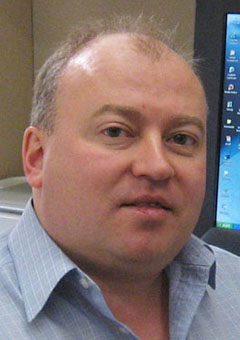
Greg Landsberg
Professor of Physics
Greg Landsberg is the physics coordinator for the CMS experiment at the Large Hadron Collider, a post he assumed in 2012. In that role, Landsberg defines the goals and the types of experiments that researchers will undertake at the CMS as the detector hunts for new particles and measures known processes to an unprecedented precision. The job is considered to be one of the top posts in the CMS experiment, akin to a cabinet-level post in a U.S. presidential administration. Landsberg had daily involvement in all the CMS searches for the Higgs. He coordinated the development of strategy, as well as the preparation of results, conference proceedings, and papers.
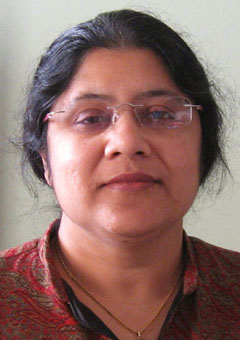
Meenakshi Narain
Professor of Physics
Meenakshi Narain is currently serving as the coordinator of the LHC Physics Center (LPC) at Fermilab, a hub of activities for the U.S. collaboration with the CMS Experiment at CERN. Narain participated in the search for the Higgs Boson by looking for its production in association with a W boson, which decays to a tau lepton (a heavier cousin of the electron) and a neutrino. She continues to study the properties of the Higgs Boson by looking for additional partner particles at the LHC. When the Higgs was discovered, she led the group in the CMS Collaboration responsible for developing the techniques to find bottom quarks in the data that CMS records. This work was crucial in looking for one of the possible indirect signals of a Higgs boson that emerges from a collision of protons and then decays into smaller parts.
